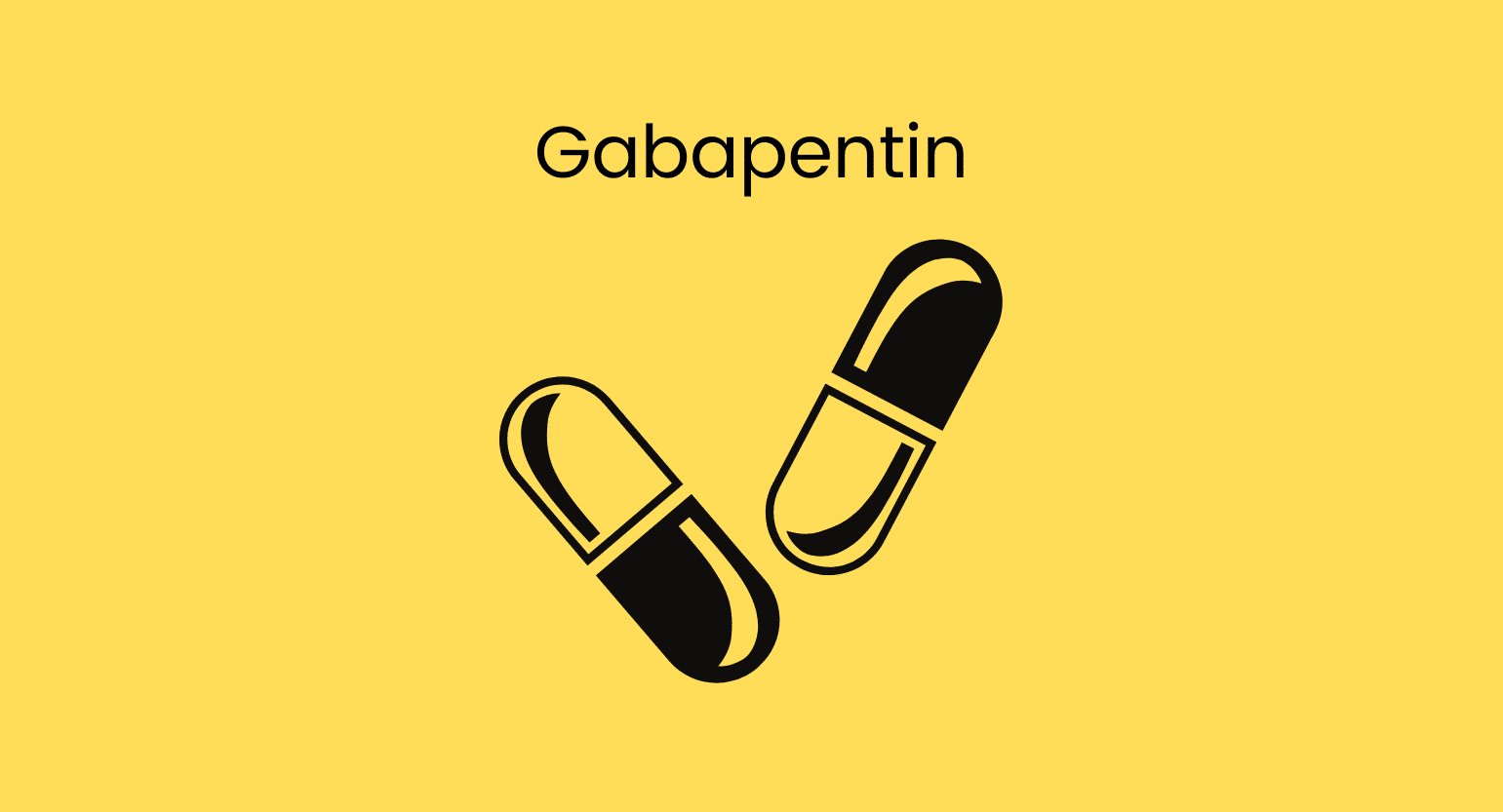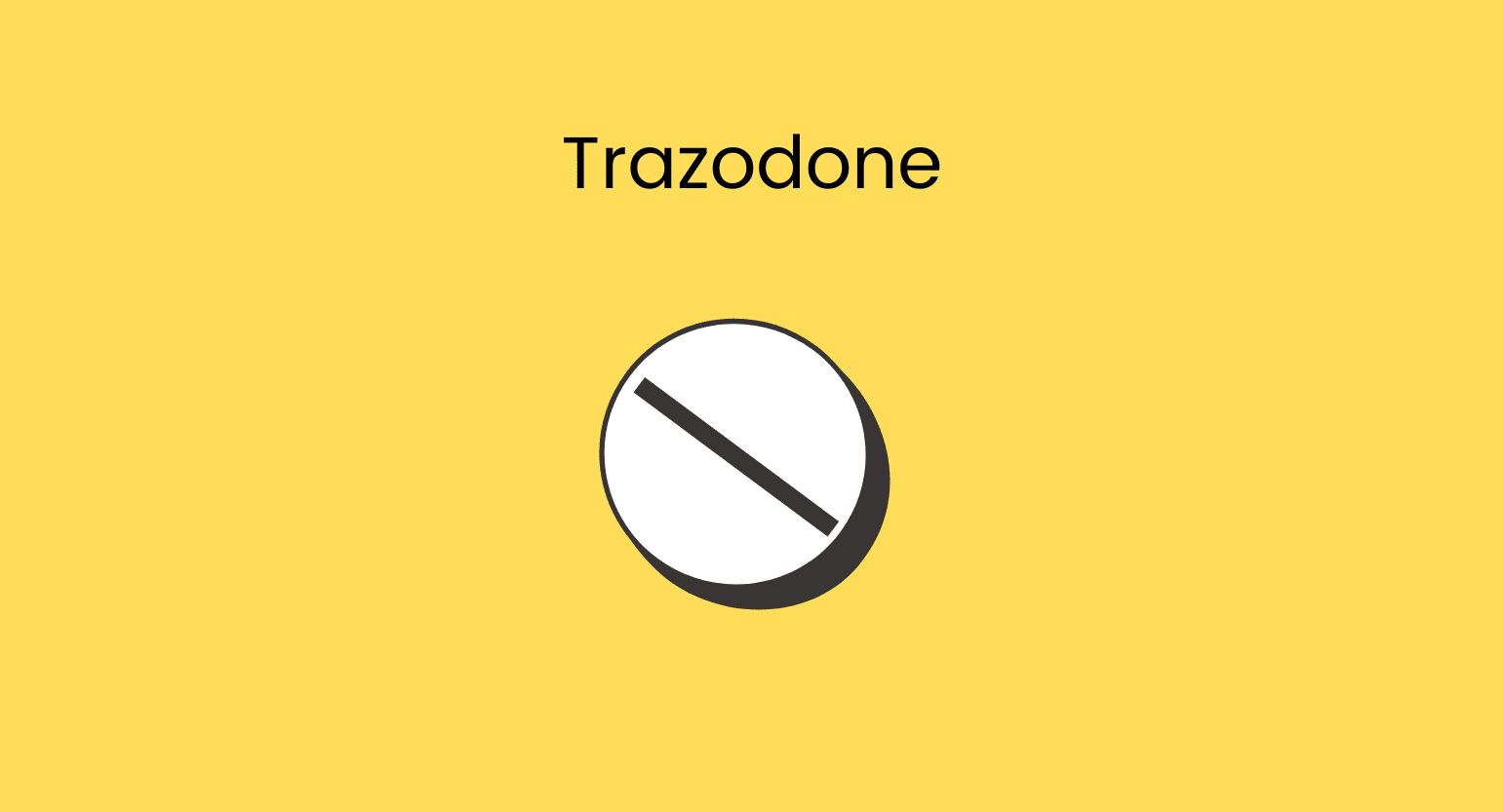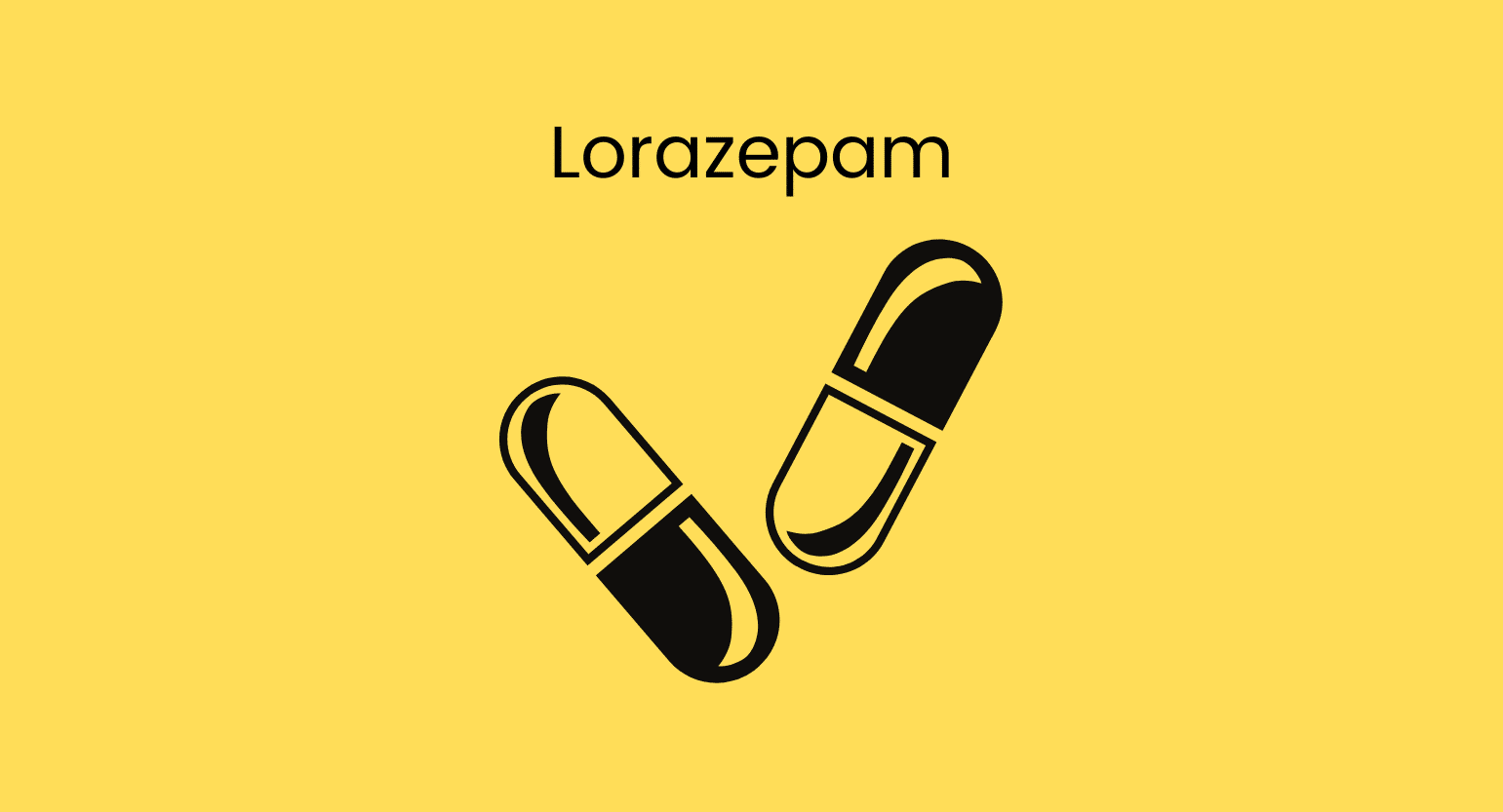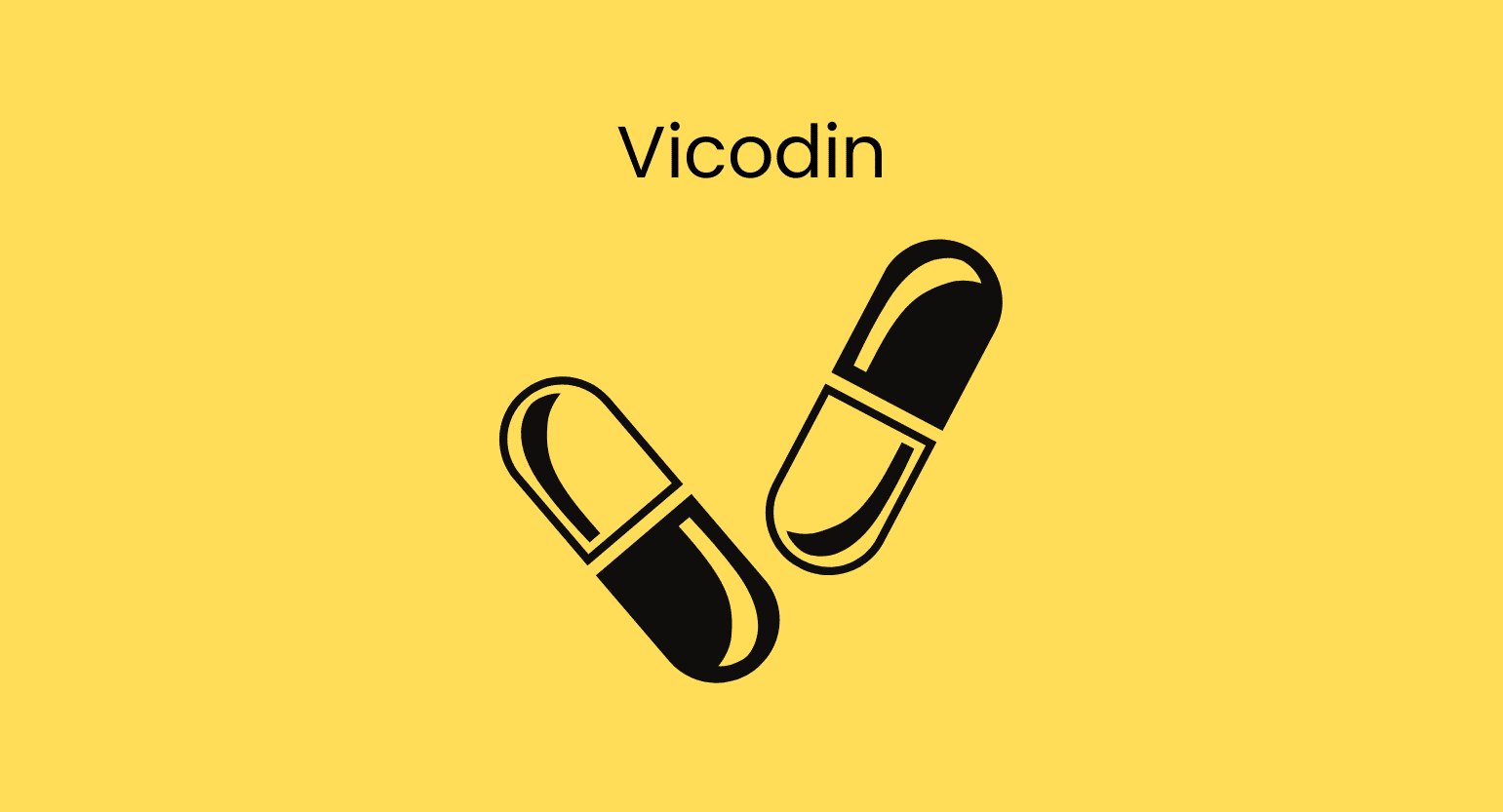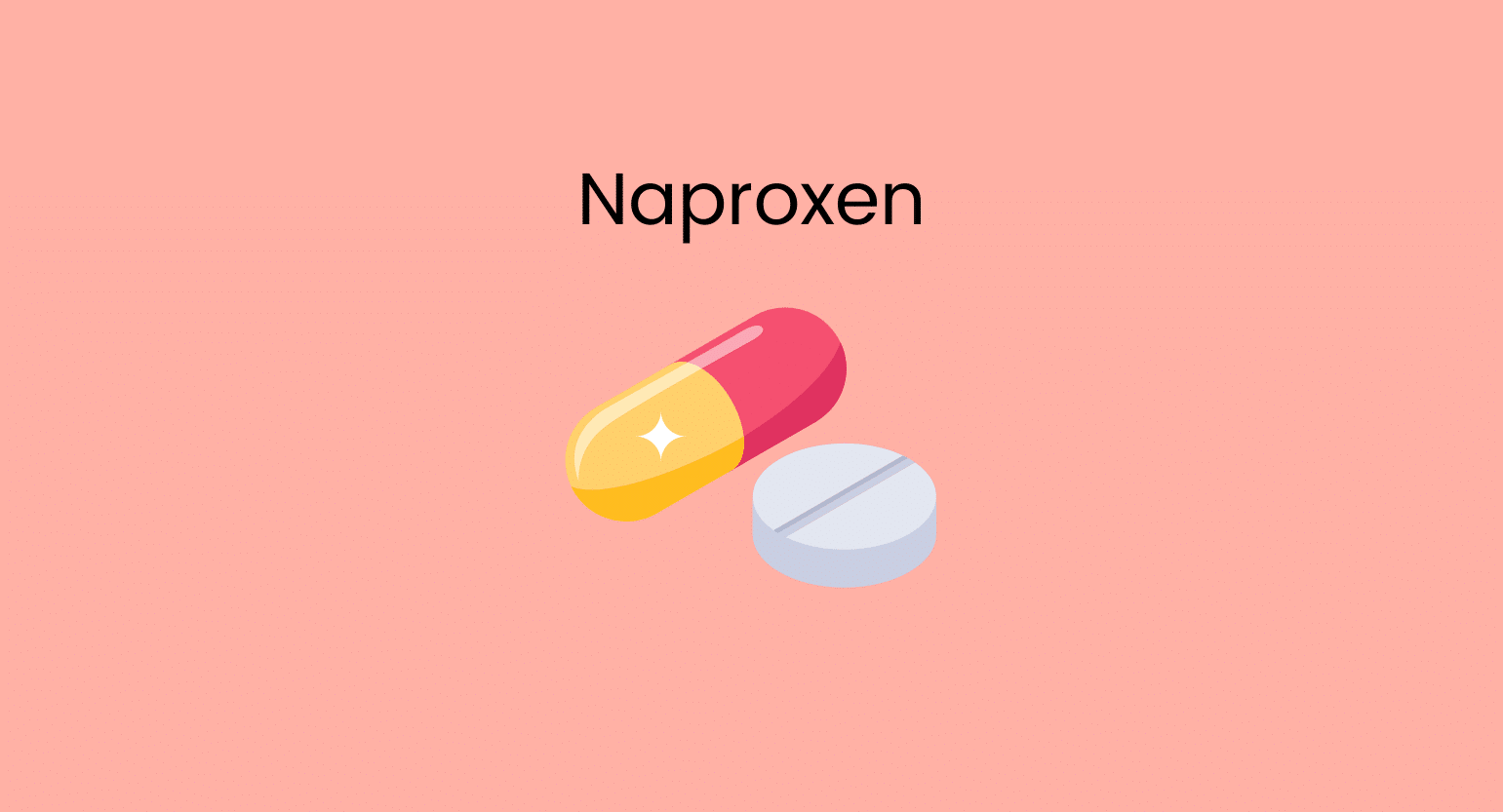Does Kratom Interact With Weed (Marijuana)?
Yes, kratom and marijuana interact with each other at a metabolic level.
These two herbs are considered metabolic competitors since their active metabolites require the same hepatic cytochrome enzymes for proper breakdown and elimination.
Kratom is mainly metabolized by the CYP3A4, CYP2D6, and CYP2C9 enzymes [1].
On the other hand, cannabidiol (CBD) —one of the primary cannabinoids found in marijuana — is also metabolized by CYP3A4 and CYP2C9 [2].
On top of that, tetrahydrocannabinol (THC) — another primary cannabinoid —can inhibit CYP2C9 and CYP2D6 [3].
Taking together kratom and cannabis can slow down the metabolism rate of both substances, prolonging the drug’s concentration in the bloodstream and increasing the risk of experiencing side effects.
Since kratom and cannabis can cause similar effects on the body, taking the two herbs together could also cause an agonistic interaction. This means their sedating or stimulating effects could potentiate, leading to more potent overall effects.
Nonetheless, taking kratom with either CBD or THC in the short term shouldn’t cause any significant trouble. Many users have created powerful combinations to enjoy the best of both herbs, whether to relieve stress, improve mood, or even reduce side effects.
Because kratom and marijuana are not well-researched, and due to their metabolic interaction, we advise you to seek professional medical advice before taking these herbs together.
Kratom & Cannabinoids’ Interactions
Cannabis contains over 100 cannabinoids and is considered a psychoactive drug. However, CBD — one of the main cannabinoids present in the herb — is not psychoactive, unlike THC.
Psychoactive drugs change the functions of the nervous system, resulting in alterations in perception and mood.
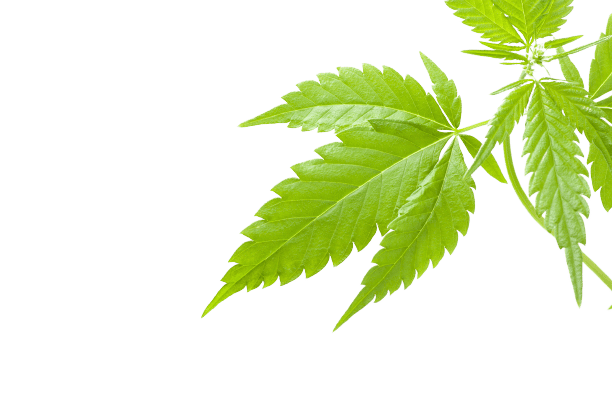
THC, the main psychoactive component of cannabis, activates the body’s cannabinoid receptors, causing psychoactive effects. CBD, as mentioned, acts as an antagonist of the cannabinoid receptors and is mainly used to relieve pain or stress.
Other related cannabinoids include:
- Delta 8 THC
- Delta 10 THC
- Cannabigerol (CBG)
- THC-O
- HHC
It’s best to use them only for the short term and in small amounts. Pay close attention to how you feel and seek medical attention if you experience unusual side effects. Seek a doctor’s advice if you’re on other medications.
Also see: Marijuana Strains —What Are They & Why Does It Matter?
Is It Safe to Take Kratom With Weed?
Taking kratom and marijuana should be safe if you don’t do it over a long period. Although many users have had positive experiences combining both substances, we recommend consulting a doctor beforehand.
Mixing kratom and marijuana, even with average doses, can result in a higher concentration of both substances due to metabolic competition. We insist on only taking kratom with weed occasionally to avoid problems.
Check with your doctor if you are taking other medications.

What Is Weed?
Like kratom, marijuana is a plant native to Asia, used for its psychoactive and medicinal properties. Although the number of existing cannabis species is still debated, the three most recognized are Sativa, Indica, and Ruderalis.
For thousands of years, various cultures have used weed for medicinal purposes. Currently, it’s used to treat chronic pain and muscle spasms and to reduce nausea or vomiting during chemotherapy.
As for its psychoactive properties, weed induces euphoria and a “high,” as well as a positive change in mood and increased appetite, among other effects. It is also considered a safe therapeutic substance [4].
Consequently, marijuana is among the most commonly used drugs and substances worldwide, alongside alcohol, tobacco, and caffeine.
Marijuana Specs

| Drug Name | Marijuana (Weed or THC) |
| Classification | Cannabinoid Drug |
| CYP Metabolism | CYP3A4, CYP2C9 |
| Interaction With Kratom | Metabolic Competitor & Agonistic Interaction |
| Risk of Interaction | Low |
What Is Weed Used For?
Weed contains many chemicals, including cannabinoids and terpenes, known for their ability to induce mental and physical effects. In addition to its psychoactive effects, marijuana helps the following medical conditions:
Chronic Pain
Patients frequently cite chronic pain as the reason they use and request medical marijuana. Significant evidence suggests that it is an effective treatment for adults with chronic pain, according to the National Academies of Sciences, Engineering, and Medicine (NASEM) [5].
While clinical data have supported its use, little is known about the efficacy, dosage, and administration of marijuana products for pain relief. On the other hand, studies have suggested that THC-CBD products were more effective against pain than those with CBD alone.
Studies have also demonstrated the potential of compounds derived from the species Cannabis sativa to alleviate chronic pain in cancer patients. Independent of the opioid pathway, the endocannabinoid system regulates pain signaling, immune activation, and inflammation.
Spasticity Associated With Multiple Sclerosis
Many studies have shown that weed or cannabinoids help relieve spasticity associated with multiple sclerosis [6].
The American Academy of Neurology released guidelines for physicians recommending a cannabis oral extract containing THC and CBD based on these promising results.
Seizure Disorders
Numerous studies on the efficacy of CBD-rich cannabis for treating epilepsy in children have demonstrated a reduction in seizure frequency and intensity. Similar results were found in adult studies, with most people experiencing a decrease in seizure frequency [6].
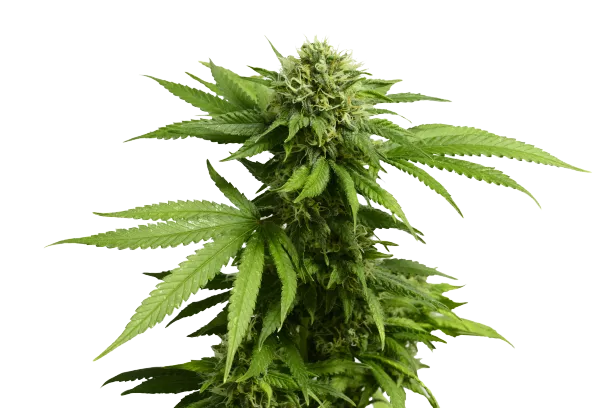
What’s the Dose of Weed?
The recommended dose of marijuana or cannabinoids for medicinal use varies according to the person’s treatment and tolerance level. Experts recommend starting with a dose of 2.5 mg of THC and not exceeding 40 mg daily.
As for CBD, doctors usually recommend starting with doses of 20 mg daily and increasing weekly by 5 mg until the symptoms are effectively relieved.
Generic & Brand Name Versions
- Dronabinol (Generic name for delta 9 THC)
- Marinol (Trade name for delta 9 THC)
- Nabilone (Synthetic cannabinoid for therapeutic use)
- Cesamet (Brand name for Nabilone)

What Are the Side Effects of Weed?
As with any other natural herb, cannabis has a list of possible side effects [7].
The most common side effects of cannabis consumption include the following:
- Drowsiness
- Dry mouth and dry eyes
- Fatigue
- Headaches
- Increased appetite
- Lightheadedness and dizziness
On rarer occasions, it can also cause:
- Disorientation
- Hallucinations
- Increased heart rate
- Nausea and vomiting
What Is Kratom?
Kratom is the name of an evergreen tree native to Southeast Asia. Natives have been using it medicinally for a long time, but it’s only recently become popular in the rest of the world.
Workers chew the leaves straight from the trees for energy, pain relief, and stamina during long days. It is also commonly taken in powder, extract, and capsule form and contains various strains.
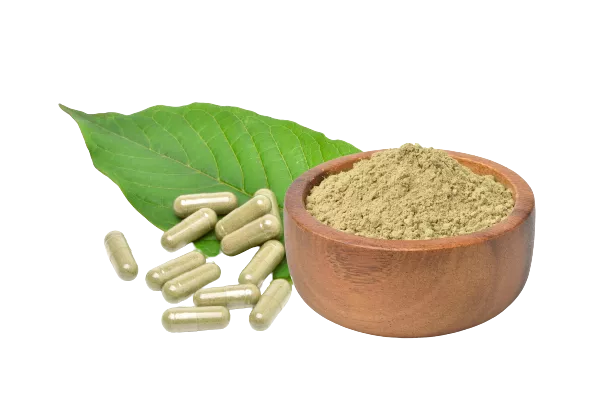
What’s Kratom Used For?
The effects of kratom depend on the dose and strain used. The spectrum of effects generated by kratom is broad, ranging from sleep enhancement to boosts in energy and mood.
These are some of the most common uses for kratom:
- Alleviating chronic back pain
- Arthritis pain
- Boosting energy
- Combating depression and anxiety
- Relieving pain
- Dealing with opioid withdrawal symptoms
- Inducing euphoria
- Migraines
- Providing relaxation and sleep
- Relieving benzodiazepine withdrawal symptoms
What’s the Dose of Kratom?
Kratom’s dosage depends on the effects you’re aiming for, but there are certain guidelines to help you understand. Below are the typical doses for the most common uses of kratom.
- Pain relief: High doses — 5 grams or more — produce the most potent relief, although it’s best to start with a lower amount — 2-4 grams — and increase it gradually.
- Energy & Focus: The optimal dose for enhancing focus and energy is much lower than the doses used to treat pain or insomnia. A 2-4 gram dose is more than enough for most people.
- Opiate Withdrawal: Although it depends on the individual, most people need a higher-than-usual dose — 5 grams or more — to offset withdrawal symptoms. Nonetheless, we advise you to start with a lower amount and gradually increase it.
- Anxiety: Higher doses are usually preferred when dealing with anxiety. The most common dose is around 3-4 grams of powder.
- Depression: For mild depression, the most common dose is 1-2 grams. If you suffer from moderate depression, 2-4 grams would be optimal. If your depression is severe, the dose may be 4 or more grams after seeking medical advice.
Make sure you understand the differences in strains to achieve the desired results.
Related: What’s the Best Kratom Dose for Sleep?

What Are the Side Effects of Kratom?
Like most relatively unknown substances, kratom is illegal in various countries because of health concerns. However, the World Health Organization recently reviewed the herb and concluded that it poses no real threat to health when used responsibly.
Beyond this, kratom has side effects that are usually not serious but annoying. The most common ones are:
- Anxiety or restlessness
- Constipation
- Diarrhea
- Dizziness
- Depression
- Frequent urination
- Headaches
- Heart palpitations
- High blood pressure
- Liver damage (with long-term use)
- Low libido
- Nausea and vomiting
- Numbness
- Sedation and prolonged sleepiness
- Withdrawal symptoms
- The Wobbles
Kratom also has the potential to cause addiction and dependence. To avoid this, we recommend taking tolerance breaks from kratom every 1-3 days and maintaining a healthy lifestyle.
Related: Can You Overdose on Kratom?
What Are the Different Types of Kratom?
The intensity and duration of kratom’s effects depend on the doses and the strain you choose. Below are the different kratom strains you can find.

White Vein Kratom
Most people who prefer white vein kratom don’t use the herb to treat chronic pain, anxiety, or insomnia. Instead, they use it for its stimulating, mood-boosting, and nootropic effects. This subtype contains a high concentration of mitragynine, an alkaloid that makes kratom similar to caffeine.

Red Vein Kratom
Given the high concentration of an alkaloid known as 7-hydroxymitragynine, red-veined kratom strains usually promote intense painkilling and sedating effects. These varieties are typically fast-acting and offer pain relief within about 45 minutes.

Green Vein Kratom
Green vein kratom offers the widest variability of effects and works well as a painkiller and a nootropic. These strains are the most balanced and ideal for beginners, as they aren’t the most stimulating nor the most sedative.

Yellow Vein Kratom
Yellow-veined kratom is more like a mix of white and red strains than a category of its own. This particular strain is produced by farmers fermenting kratom leaves while others mix two or more types of kratom. Yellow-veined kratom’s effects are the closest to green vein strains.
Key Takeaways: Is it Safe to Mix Kratom & Weed?
Mixing kratom and weed is not necessarily dangerous as long as it is not done for a long time or in large amounts. Still, it’s best to talk to a doctor before combining them since they are metabolic competitors. Their combination can generate significant and potentially harmful concentrations of the substances in the body.
If you combine them, start with a small dose and increase it gradually. Consult your doctor, and never self-dose without professional advice.
- Kamble, S. H., Sharma, A., King, T. I., León, F., McCurdy, C. R., & Avery, B. A. (2019). Metabolite profiling and identification of enzymes responsible for the metabolism of mitragynine, the major alkaloid of Mitragyna speciosa (kratom). Xenobiotica, 49(11), 1279-1288.
- Beers, J. L., Fu, D., & Jackson, K. D. (2021). Cytochrome P450–Catalyzed Metabolism of Cannabidiol to the Active Metabolite 7-Hydroxy-Cannabidiol. Drug Metabolism and Disposition, 49(10), 882-891.
- Nasrin, S., Watson, C. J., Perez-Paramo, Y. X., & Lazarus, P. (2021). Cannabinoid metabolites as inhibitors of major hepatic CYP450 enzymes, with implications for cannabis-drug interactions. Drug Metabolism and Disposition, 49(12), 1070-1080.
- Ware, M. A., Wang, T., Shapiro, S., Collet, J. P., Boulanger, A., Esdaile, J. M., … & O’Connell, C. (2015). Cannabis for the management of pain: assessment of safety study (COMPASS). The Journal of Pain, 16(12), 1233-1242.
- Ebbert, J. O., Scharf, E. L., & Hurt, R. T. (2018). Medical Cannabis. Mayo Clinic proceedings, 93(12), 1842–1847.
- Hill, K. P., & Palastro, M. D. (2017). Medical cannabis for the treatment of chronic pain and other disorders: misconceptions and facts. Polish archives of internal medicine, 127(11).
-
Adverse effects of cannabis. Prescrire Int. 2011 Jan;20(112):18-23. PMID: 21462790.





